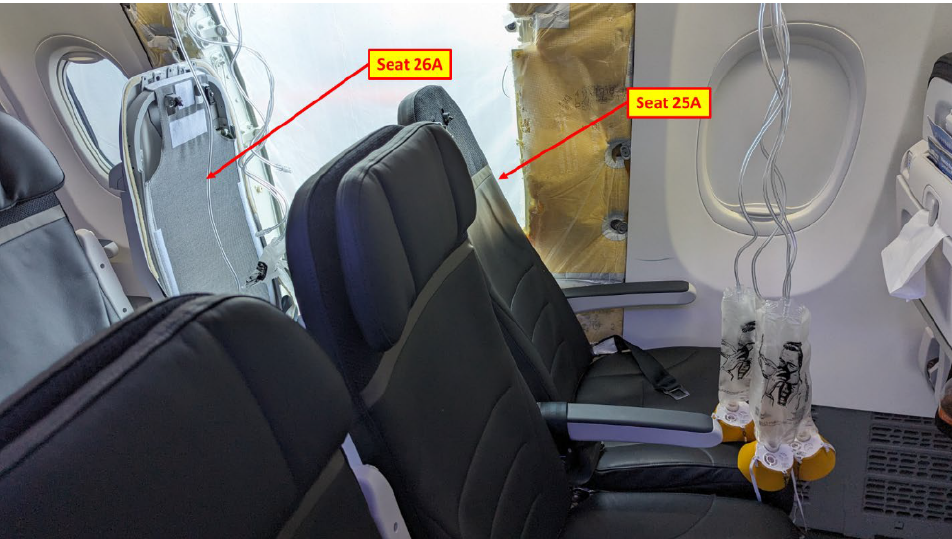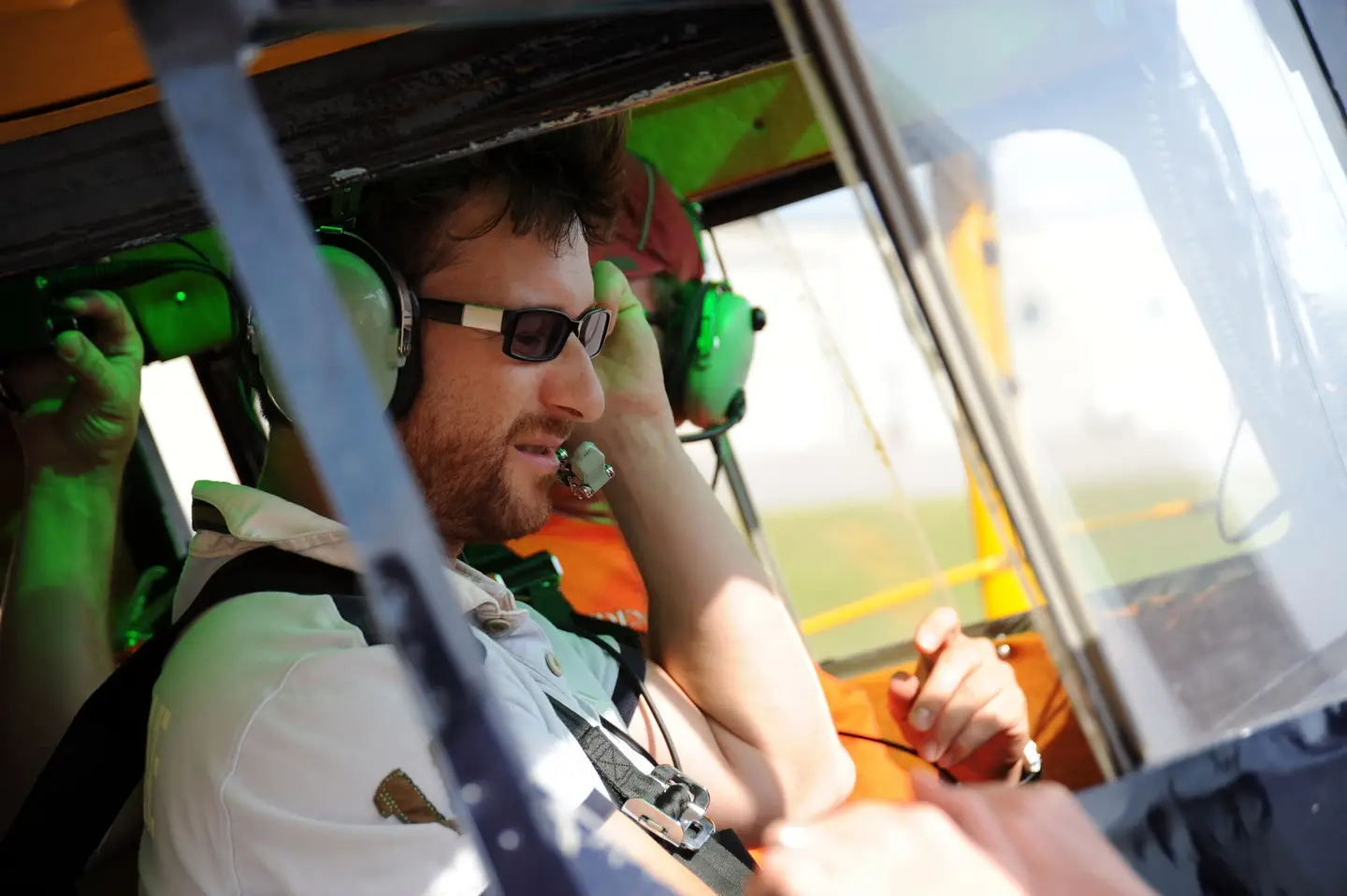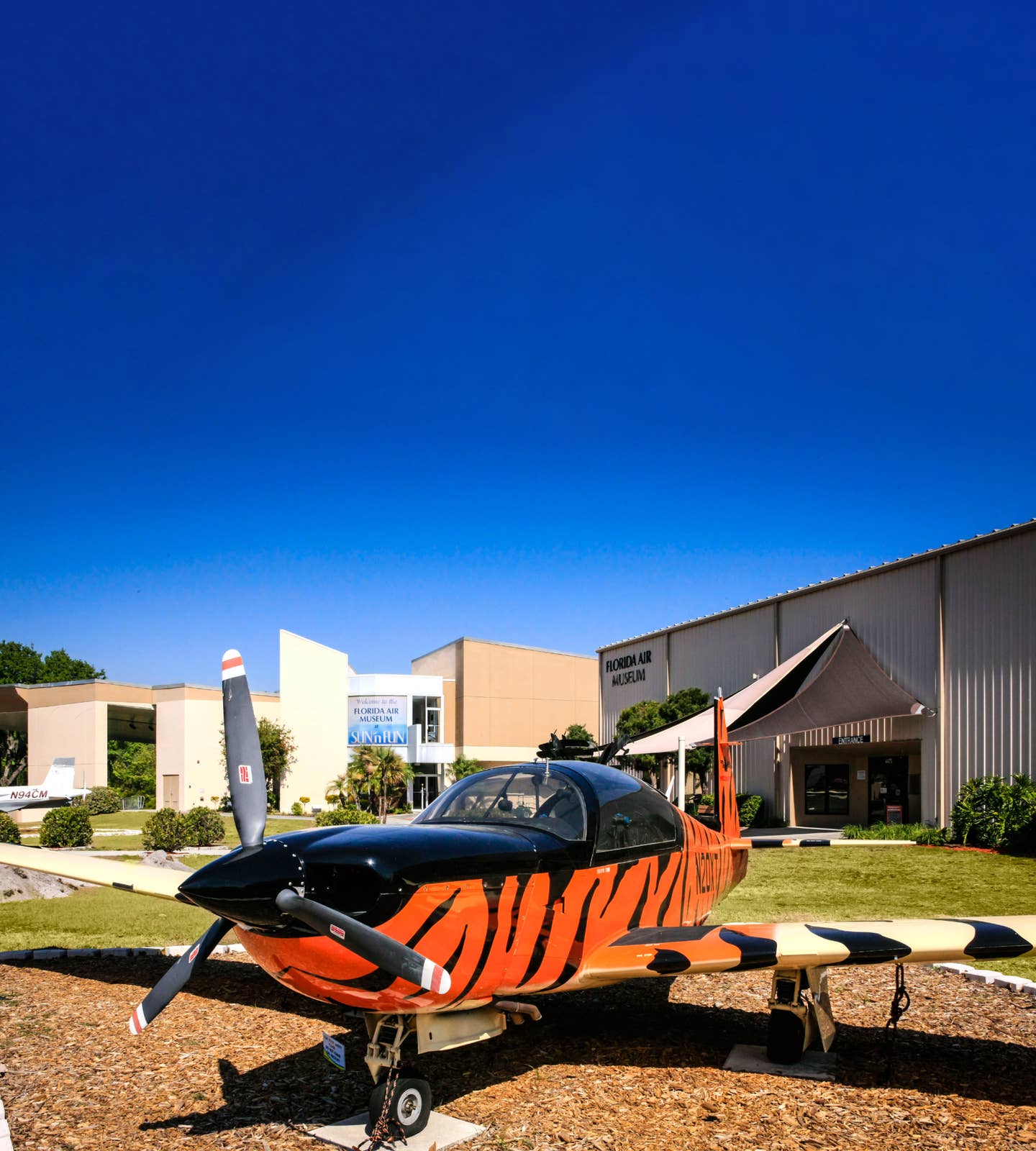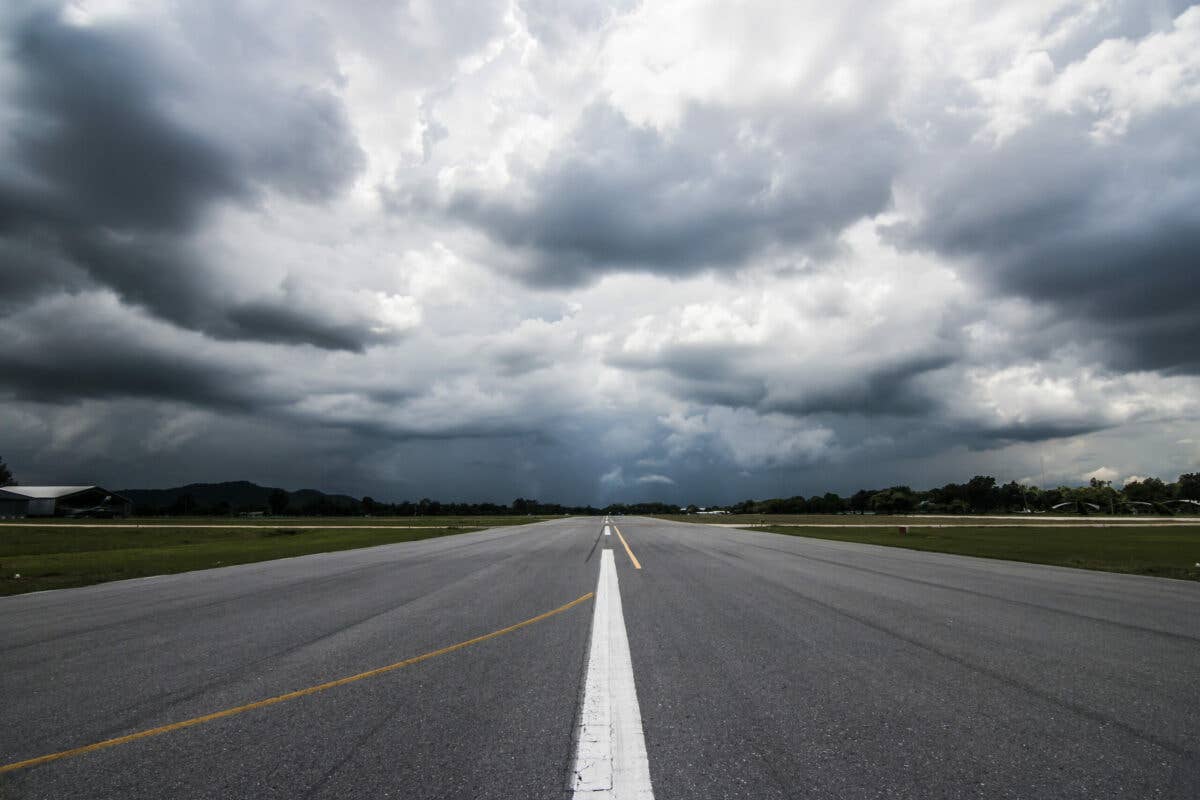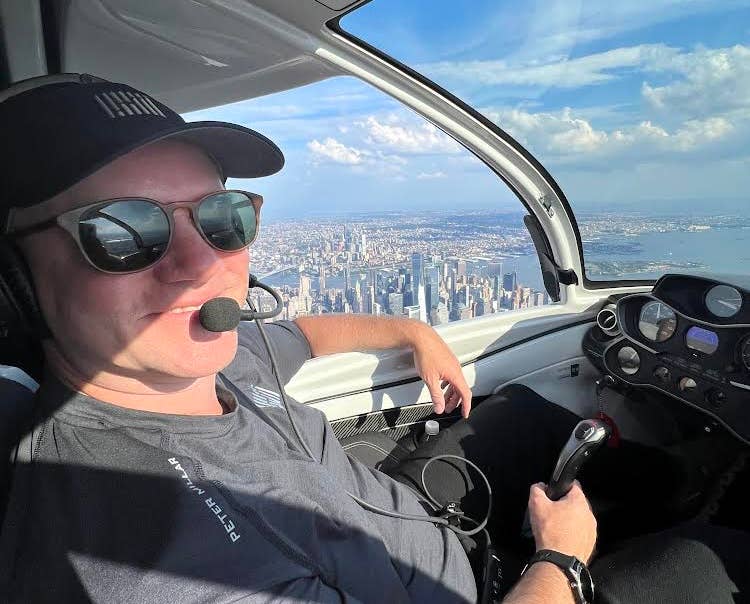Going Direct: The Lion Air Disaster and the Public‘s Crash-ination
Why are people fascinated by airline crashes? And what are the reporter’s ethical obligations when investigators keep the public largely in the dark?
By now you've probably heard about the crash of Lion Air Flight 610. And you might have heard that there's been speculation that the Boeing 737 Max crashed because the pilots were flummoxed by faulty readings on the plane's instruments due to problems with the pitot-static system, which senses the plane's altitude and airspeed. All 189 aboard the plane are presumed to have died in the crash, and recovery efforts are underway.
As you might remember, it was this system that contributed to the crash of Air France 447 in the Atlantic on June 1 of 2009 while at cruise on the way from Rio de Janeiro to Paris, killing all 228 people aboard. When a plane's sensors give false or unreliable altitude or airspeed (or both) indications, the danger is that the pilots will try to do as they're trained to do when systems are operating normally and stabilize the flight path by adjusting power and pitch. When the plane is getting bad or erratic altitude and airspeed information, it might be impossible, however, to do anything but make matters worse by attempting to hold the plane's altitude and airspeed, because the pilots are chasing false indications without reliable cues. In the Air France 447 disaster, investigators believe that the pilots stalled a perfectly good-flying airplane into the sea because they couldn't determine how fast it was going or at what altitude they were flying. Complicating their vain attempt was the fact that it was dark at the time, so they presumably had few or no outside visual cues. It was, for the record, about an hour past official sunrise in Jakarta when Lion Air 610 crashed into the sea. It is not known if the flight was in visual conditions or if it was being flown by reference to instruments solely due to cloud coverage.
Are you an aviation enthusiast or pilot? Sign up for our newsletter, full of tips, reviews and more!
Was the Lion Air flight of a nearly-new Boeing single-aisle airliner brought down by faulty sensors? Or some issue with the control system, as has also been speculated. The answer: I don't know. And none of the people speculating about it know either. And here's the problem with that.
Crashes of airliners don't happen often, and that's surely part of the reason that there's such a keen public interest in them. When Malaysia Flight 370 went missing under mysterious circumstances in March of 2014, there was unprecedented interest in what had happened. With Flight 370, the biggest question was, was it human error, treachery, or a fault with the machinery? For months, people wanted to hear what the pundits had to say, to hear every little clue that investigators were parsing to try to understand what might have happened and where they should search for the missing airliner.
With Lion Air 610, there will be no lingering mystery. Searchers have already found the crash site and the grim job of recovering the bodies of the dead and getting ahold of the flight recorders has already begun.
And speculation is rampant. It hasn't always been this way, but it is now, and there's no going back. The Internet has made instant analysis, for good and for ill---and there's plenty of the latter and not enough of the formerÂ---a fact of life when it comes to newsgathering. The hijacking of a Horizon Air Q400 by an unstable ground crew member, who subsequently died in what was most likely a suicide, is a case in point. The question was, and is, how did the thief, who had no formal training in how to fly the Q400, manage to not only steal it but to fly it well? Could he have taught himself? And should we ban flight simulation games to prevent any such incident from happening in the future? These are not easy questions to answer, with the possible exception of the last one, should we ban flight sim games, because that is a silly question.
With Lion Air 610, there are already questions that need to be answered, none of them the least bit frivolous. They are in short: How did the crash happen? and How can we prevent any such a tragedy from happening again?
In this case, it's already clear what the answers to those questions are: We don't know and, again, we don't know.
The only comfort is that in this case the answers are almost certain to come once investigators get their hands on the flight recorders. And it's likely that will be in time to prevent a similar future tragedy, if indeed such is preventable.
But will this foreknowledge be enough to quiet the speculators?
Not a chance.

Subscribe to Our Newsletter
Get the latest Plane & Pilot Magazine stories delivered directly to your inbox

